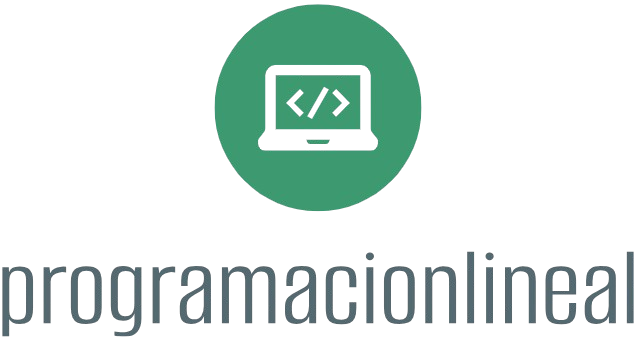Starting your first open-source project can be a rewarding experience, but it can also seem daunting if you’re new to the process. Here’s a step-by-step guide to help you get started:
How to Start Your First Open-Source Project
1. Identify a Problem or Need
Begin by identifying a problem or need that you’re passionate about. This could be a tool or application that you wish existed, a bug in an existing project that you want to fix, or a feature that you think would improve a current project. The key is to find something that motivates you and aligns with your interests.
2. Define the Scope and Goals
Clearly define the scope and goals of your project. Outline what you want to achieve, the features you want to include, and the problems you intend to solve. Having a clear vision will help guide your development process and make it easier for others to understand and contribute to your project.
3. Choose the Right Technology Stack
Select the technology stack that best fits your project’s needs. Consider the programming languages, frameworks, and tools you’ll use. Make sure that the technologies you choose are well-supported and that you are comfortable working with them.
4. Set Up a Version Control System
Use a version control system like Git to manage your project’s code. Git helps you track changes, collaborate with others, and maintain a history of your project. Platforms like GitHub, GitLab, or Bitbucket offer hosting services for Git repositories and provide additional collaboration tools.
5. Create a Repository
Set up a repository for your project on a platform like GitHub or GitLab. Include essential files such as:
- README.md: Provides an overview of the project, instructions for installation and usage, and contribution guidelines.
- LICENSE: Specifies the terms under which others can use, modify, and distribute your code. Choose an open-source license that aligns with your goals.
- CONTRIBUTING.md: Outlines how others can contribute to your project, including coding standards, pull request guidelines, and how to report issues.
6. Develop a Minimum Viable Product (MVP)
Start by building a Minimum Viable Product (MVP) that includes the core features of your project. Focus on creating a functional and stable version that others can use and contribute to. An MVP helps you get feedback early and makes it easier to iterate on your project.
7. Write Documentation
Good documentation is crucial for an open-source project. Ensure that your README.md is clear and comprehensive, including setup instructions, usage examples, and any other relevant information. Providing thorough documentation makes it easier for others to understand and contribute to your project.
8. Promote Your Project
Share your project within relevant communities, forums, and social media platforms. Engage with potential contributors and users to gather feedback and build a community around your project. Participation in open-source communities can help you find collaborators and increase the visibility of your project.
9. Manage Contributions
Be open to contributions from others and actively manage pull requests and issues. Provide constructive feedback, review code thoroughly, and merge changes that align with your project’s goals. A welcoming and collaborative environment encourages more people to contribute.
10. Maintain and Iterate
Regularly maintain your project by fixing bugs, updating dependencies, and adding new features. Listen to feedback from users and contributors, and continue to improve your project over time. Consistent maintenance ensures the long-term success and relevance of your project.











